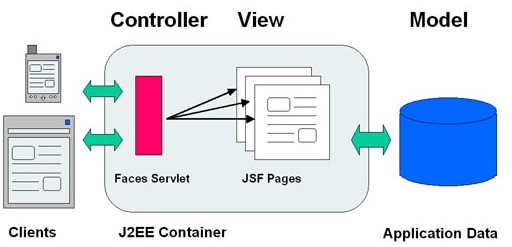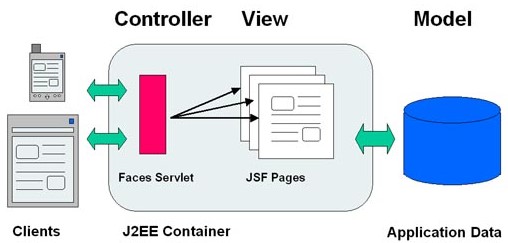Are you considering using either JSF2 or Seam3 as a framework for your next web project? If so, you’ve come to the right place.
In this blog post, we’ll take an in-depth look at the differences between JSF2 and Seam3, so you can make an informed decision on which framework is best for your project. We’ll discuss the key differences between the two frameworks and look at their respective strengths and weaknesses. By the end of this blog post, you’ll have a clear understanding of which framework is right for you.
What is jsf2

JSF2 (JavaServer Faces 2) and Seam3 (Seam Framework 3) are two technologies commonly used in web development today. While they are both used to create web applications, they are drastically different in terms of their approach and architecture.
JSF2 is a component-based web framework which allows developers to quickly and easily create dynamic web applications that can be reused across multiple platforms. It provides an easy-to-use API for developing web applications, making it ideal for rapid web development. Seam3, on the other hand, is a full-stack framework which is used to build complex enterprise applications.
It offers a comprehensive set of components and features which allow developers to create comprehensive applications quickly and easily. As such, Seam3 is ideal for large-scale enterprise applications, while JSF2 is more suited to small-scale web development.
What is seam3

Seam 3 is an open source software project that provides an innovative integration layer for JavaEE applications. It combines the power of the JavaEE platform with the ease of development of the Java platform. Seam 3 is a major upgrade from its predecessor, JavaServer Faces (JSF) 2, with improvements in scalability, modularity, and extensibility.
Seam 3 is a major upgrade from its predecessor, JavaServer Faces (JSF) 2, with improvements in scalability, modularity, and extensibility. Seam 3 provides an advanced, unified programming model that simplifies the development of JavaEE applications while taking advantage of the latest advances in the Java platform. Seam 3 also provides powerful integration features such as JPA, JMS, and EJB, making it a great choice for developing enterprise applications.
The biggest difference between JSF 2 and Seam 3 is that Seam 3 provides an integrated platform for developing enterprise applications, while JSF 2 is more focused on developing web applications. Seam 3 also provides a much larger set of features than JSF 2, such as rich AJAX support, built-in security, and an event-driven programming model.
Key differences between jsf2 and seam3

JSF2 and Seam3 are both popular Java development frameworks, but there are key differences between them. JSF2 is a framework that focuses on providing a standard, component-based approach for developing web-based applications. On the other hand, Seam3 is a framework that emphasizes on leveraging existing open source technologies and frameworks to create a unified development platform for Java EE applications.
On the other hand, Seam3 is a framework that emphasizes on leveraging existing open source technologies and frameworks to create a unified development platform for Java EE applications. In terms of features, JSF2 is more lightweight and easier to use, while Seam3 provides more advanced features that make it more suitable for enterprise development. Additionally, JSF2 is better suited for small-scale projects, while Seam3 is more suitable for large-scale projects.
Ultimately, the choice between JSF2 and Seam3 depends on the type of project and the desired features.
Advantages of jsf2

JSF2 is a powerful web framework that provides developers with a comprehensive set of tools to create and maintain web applications. It offers many advantages over other web frameworks, such as Seam
It also has improved support for templating and navigation, making it easier to create dynamic and interactive user experiences. In addition, JSF2 provides a much simpler and more consistent API for custom components, allowing developers to quickly and easily create custom components for their applications.
Finally, JSF2 provides a better overall development experience, as it is more intuitive and user-friendly than Seam
Advantages of seam3
Seam3 is an open source framework that offers developers a number of advantages over JSF Seam3 is a much more lightweight framework, allowing for faster development and faster deployment times.
Additionally, Seam3 provides developers with a rich set of tools for developing custom applications, including an API for developing UI components and features, and integration with a variety of other open source technologies. Finally, Seam3 is a much more modern and flexible framework than JSF2, making it easier to maintain and extend in the future.
Final Touch
In conclusion, the main differences between JSF 2 and Seam 3 are the scope, components, and components’ libraries. JSF 2 is a part of the Java EE platform, and it provides a wide range of components and components’ libraries. Seam 3 is a framework for integrating Java EE technologies, and it provides additional components and components’ libraries that are not available in JSF
Both frameworks can be used to create modern, powerful web applications, however, they have different strengths and weaknesses that should be taken into account when choosing the best framework for a particular project.

